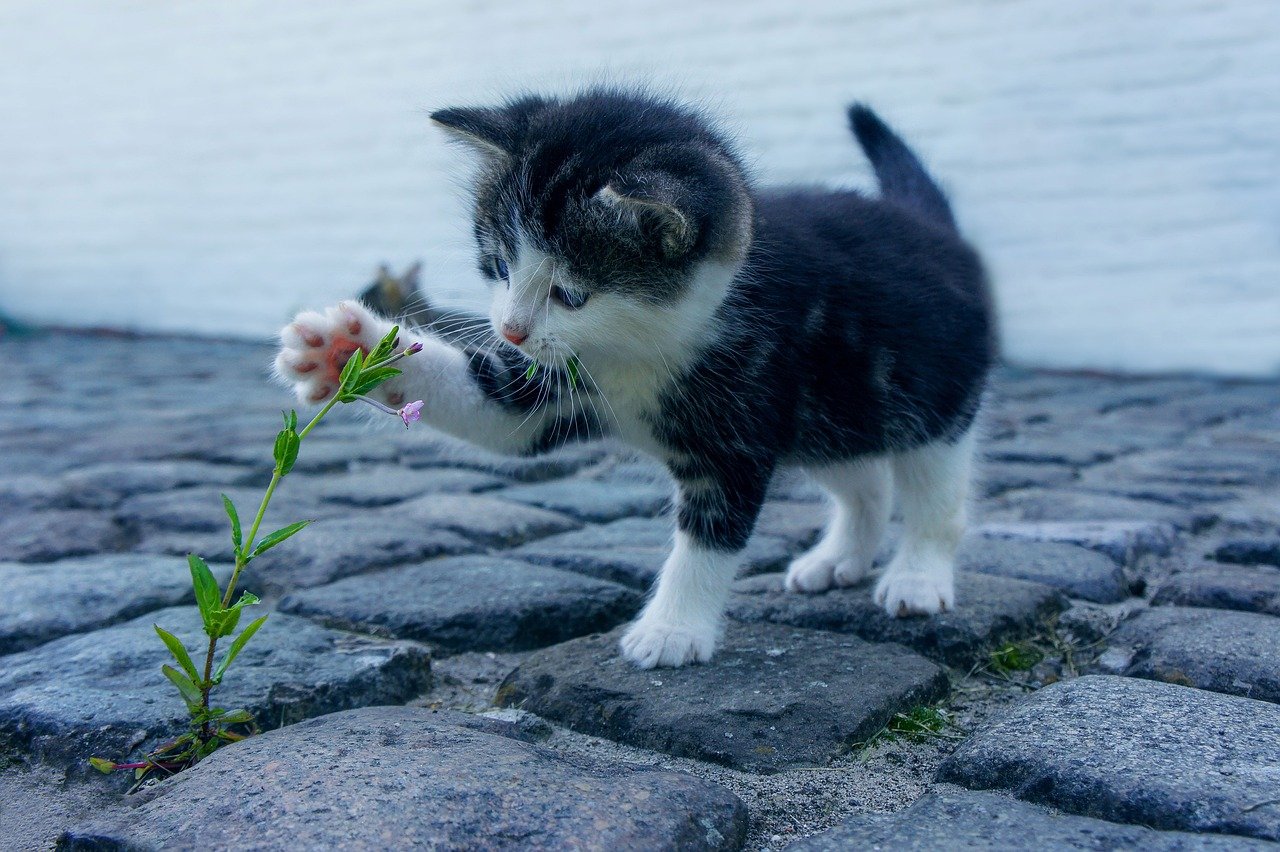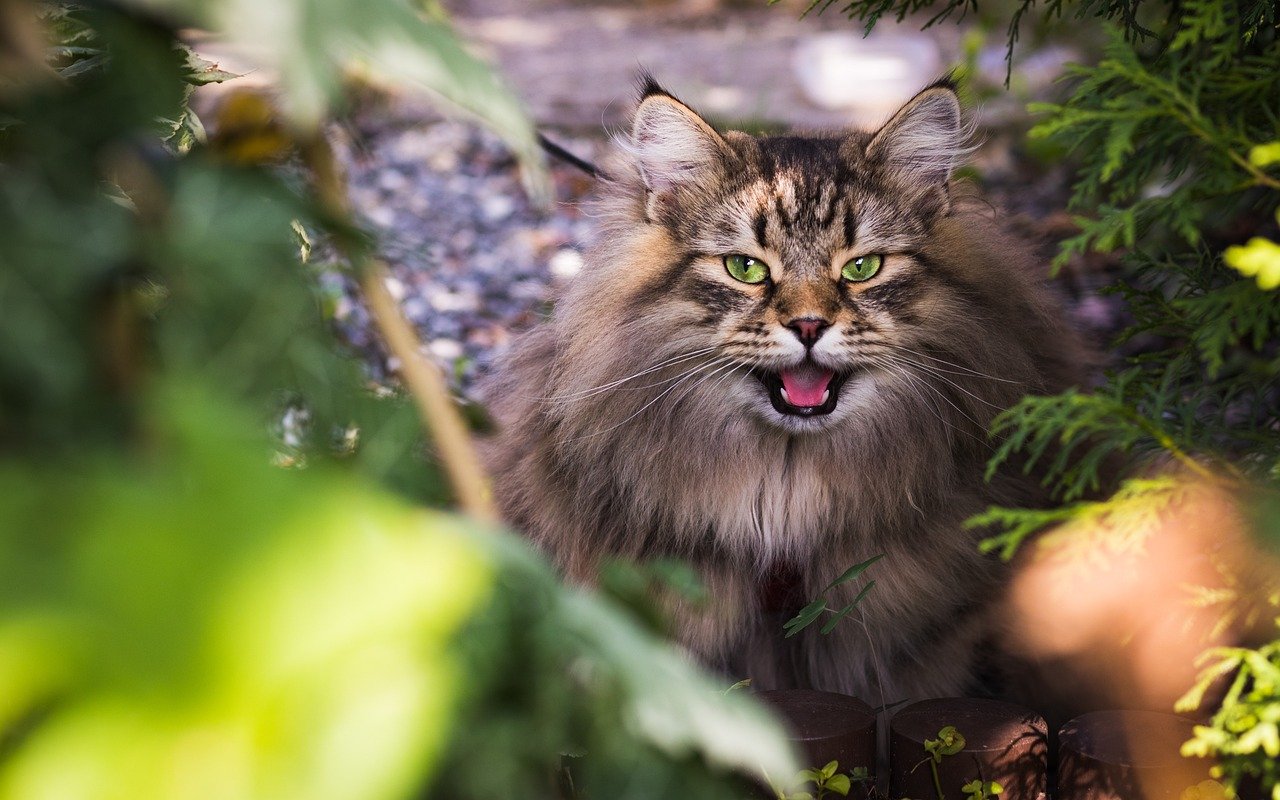Welcoming a cat into your home or changing its existing routine can be a challenging task. Cats, known for their love of consistency, often find change unsettling. Whether you’re introducing a new kitten to your household or adjusting your cat’s routine due to a change in your schedule, understanding how to help them adapt is crucial. Cats are creatures of habit, and a sudden shift can lead to stress or anxiety. This article will guide you through seven effective ways to ensure a smooth and stress-free transition for your feline friend.
Understand Your Cat’s Behavior

Cats are complex creatures, and understanding their behavior is the first step in helping them adjust to a new routine. Cats communicate through a variety of signals, such as body language, vocalizations, and even scent markings. By paying attention to these cues, you can gain insight into how your cat is feeling about the changes. For example, if your cat is hiding more than usual, it might be a sign of stress. On the other hand, if they’re more vocal, they could be seeking reassurance. Understanding these behaviors will enable you to respond appropriately, making the transition smoother for both you and your cat.
Gradually Introduce Changes
When it comes to cats, slow and steady wins the race. Gradually introducing changes to their routine can help minimize stress. If you’re changing feeding times, start by adjusting the time slightly each day until you reach your desired schedule. This gradual approach allows your cat to adjust without feeling overwhelmed. Similarly, if you’re planning to move their litter box or sleeping area, try shifting it a few inches each day rather than moving it all at once. This method gives your cat time to adapt and reduces the chances of them feeling disoriented.
Maintain Consistency
Consistency is key when it comes to helping your cat adjust to a new routine. Try to keep feeding times, play sessions, and other daily activities as consistent as possible. Cats thrive on routine, and maintaining a sense of predictability can provide comfort during times of change. Even if your schedule changes, try to keep certain elements of your cat’s routine the same. For example, if you used to feed them before leaving for work, continue to do so even if you’re working from home. This consistency will help your cat feel more secure and less anxious.
Create a Safe Space
Providing a safe space for your cat can be incredibly comforting during a transition. A quiet area with familiar items like their favorite blanket or toy can serve as a sanctuary where they can retreat if they feel overwhelmed. This space should be away from any hustle and bustle, allowing your cat to relax and feel secure. It’s important to let your cat decide when they want to use this space. Forcing them into it can have the opposite effect and increase stress. Instead, let them explore and use it at their own pace.
Engage in Interactive Play
Interactive play is not only a great way to bond with your cat, but it also helps reduce stress and anxiety. Playtime allows your cat to release pent-up energy and can be a welcome distraction from changes in their routine. Use toys that mimic prey, such as feather wands or laser pointers, to engage their natural hunting instincts. Regular play sessions also provide mental stimulation, which is crucial for a happy and healthy cat. By incorporating play into your cat’s daily routine, you can help them adjust more easily to any changes.
Use Calming Aids
Calming aids can be a useful tool in helping your cat adjust to a new routine. Products like pheromone diffusers or sprays can create a calming environment for your cat. These products mimic the natural pheromones that cats produce and can help reduce stress and anxiety. Additionally, some cats benefit from calming treats or supplements. Always consult with your veterinarian before introducing any new products to ensure they’re safe for your cat. Remember, calming aids should complement, not replace, the other strategies outlined in this article.
Provide Extra Attention
During a transition period, your cat may benefit from some extra attention and affection. Spending additional time with your cat can provide reassurance and comfort. Whether it’s cuddling on the couch or brushing their fur, these moments can strengthen your bond and help your cat feel more secure. Pay attention to your cat’s signals and respect their boundaries; not all cats enjoy being held or petted. By offering affection on their terms, you can help your cat adjust to their new routine more comfortably.
Monitor Your Cat’s Health

Changes in routine can sometimes lead to stress-related health issues in cats. Keep an eye on your cat’s appetite, litter box habits, and overall behavior during the transition period. If you notice any significant changes, such as a loss of appetite or excessive grooming, it’s important to consult with your veterinarian. These could be signs of stress or an underlying health issue. Regular check-ups with your vet can ensure that your cat remains healthy and happy during times of change.
Encourage Exploration

Encouraging your cat to explore their environment can help them adjust to a new routine. Cats are naturally curious creatures, and exploration can provide mental stimulation and reduce anxiety. If you’ve recently moved or rearranged your home, give your cat plenty of time to investigate and get comfortable with the new layout. Use familiar items, like their favorite blanket or toys, to create a sense of familiarity in new spaces. Allow your cat to explore at their own pace, and avoid forcing them into areas they’re not ready to explore.
Observe and Adapt

Every cat is unique, and what works for one may not work for another. It’s important to observe your cat’s behavior and adapt your approach as needed. If a particular strategy isn’t working, don’t be afraid to try something different. Pay attention to your cat’s cues and be flexible in your approach. By being attentive and adaptable, you can ensure that your cat’s transition to a new routine is as smooth and stress-free as possible.
In conclusion, helping a cat adjust to a new routine requires patience, understanding, and a bit of creativity. By following these seven strategies, you can create a supportive environment that allows your feline friend to thrive, even amid change.
Hi, I’m Bola, a passionate writer and creative strategist with a knack for crafting compelling content that educates, inspires, and connects. Over the years, I’ve honed my skills across various writing fields, including content creation, copywriting, online course development, and video scriptwriting.
When I’m not at my desk, you’ll find me exploring new ideas, reading books, or brainstorming creative ways to solve challenges. I believe that words have the power to transform, and I’m here to help you leverage that power for success.
Thanks for stopping by, Keep coming to this website to checkout new articles form me. You’d always love it!






